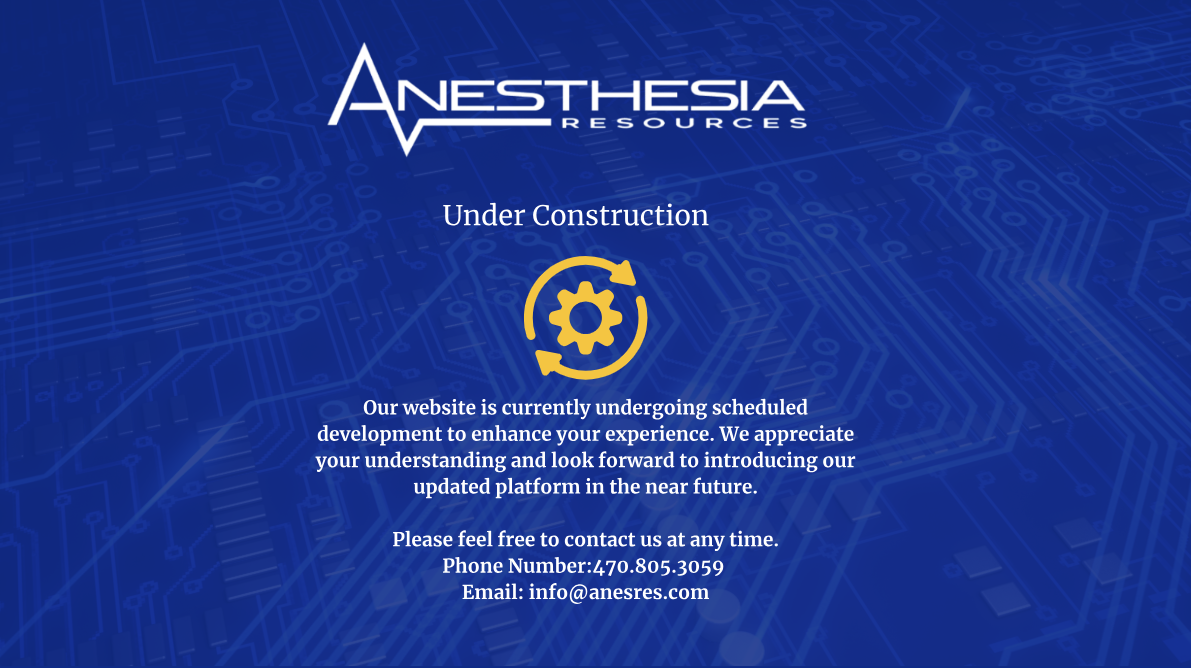CMS Changes Conditions of Participation (CoP) for Anesthesia Services Part 1 of 4
The Centers for Medicare and Medicaid Services (CMS) recently revised the Conditions of Participation (CoP) for anesthesia services which is outlined in Transmittal 59 dated May 21, 2010. This four (4) part blog post outlines the major compliance challenges associated with the new CoP and solutions to help hospitals assess vulnerabilities in anesthesia and sedation services.
The revised guidance added a significant amount of new language to the old guidelines. In summary, the revised language addresses the following four (4) areas:
- Types of Anesthesia Services: The revised guidance provides definitions of the various types of anesthesia related services (i.e. general anesthesia, regional anesthesia, monitored anesthesia, topical/local anesthesia, minimal sedation, moderate sedation) and indicates whether they involve the administration of “anesthesia”.
- Administration/Supervision Requirements: The revisions provide additional guidance regarding who may administer anesthesia and the supervision requirements of non-physician personnel, specifically Certified Registered Nurse Anesthetists (“CRNAs”).
- Pre and Post anesthesia evaluations: The revisions refine the interpretive guidelines by explaining the requirements for pre and post anesthesia evaluations.
- Intra-operative Reports: The guidance indicates the minimum elements required under the current standard of care for an anesthesia intra-operative report or record.
Part 1: Defining Anesthesia and Related Services
The new changes clearly define both anesthesia and sedation, borrowing from definitions found in the American Society of Anesthesiologists’ (ASA) most recent set of practice guidelines (Anesthesiology 2002; 96:1004-17), summarized here:
- Anesthesia involves the administration of a medication to produce a blunting or loss of pain, voluntary and involuntary movement, autonomic function, and memory and/or consciousness.
- Patients often require assistance in maintaining a patient airway, or correcting depressed spontaneous ventilation due to drug-induced depression of neuromuscular function.
- Cardiovascular function may be impaired.
- Anesthesia is used for those procedures when loss of consciousness is required for the safe and effective delivery of surgical services.
Monitored Anesthesia Care (MAC) includes the monitoring of the patient by a practitioner who is qualified to administer anesthesia. Deep sedation/analgesia is included in MAC.
- In Deep Sedation/Analgesia, patients cannot be easily aroused but respond purposefully following repeated or painful stimulation.
- The ability for the patient to independently maintain breathing function may be impaired.
- Patients may require assistance maintaining an airway, spontaneous ventilation may be inadequate.
- Cardiovascular function is usually maintained.
- Deep sedation/analgesia includes the use of propofol.
- Must be delivered or supervised by a practitioner as specified in 42 CFR 482.52(a).
Regional Anesthesia is the delivery of anesthetic medication at a specific level of the spinal cord and/or to peripheral nerves used when loss of consciousness is not desired, but sufficient analgesia and loss of voluntary and involuntary movement is required.
- Regional anesthesia includes epidurals, spinals and other central neuraxial nerve blocks.
- Given the potential for the conversion and extension of regional to general anesthesia in certain procedures, administration of regional and general anesthesia must be delivered or supervised by a practitioner as specified at 42 CFR 482.52(a).
- Epidural or spinal route for the purpose of analgesia—during labor and delivery—is not considered anesthesia, and therefore it is not subject to the anesthesia supervision requirements.
- If C-section is necessary, anesthesia supervision requirements would apply (42 CFR 482.52(a)).
In contrast, the new CoP also outline those services not subject to the anesthesia administration and supervision requirements (42 CFR 482.52(a)):
Topical or Local Anesthesia or Minimal Sedation in which:
- Patients respond normally to verbal commands.
- Although cognitive function and coordination may be impaired, ventilation and/or cardiovascular functions are unaffected.
Moderate Sedation/Analgesia (“Conscious Sedation”) in which:
- Patients respond purposefully to verbal commands, either alone or accompanied by light tactile stimulation.
- No interventions are required to maintain a patient airway.
- Spontaneous ventilation is adequate.
- Cardiovascular function is usually maintained.
Rescue Capacity
- Hospitals are required to ensure that procedures are in place to rescue patients whose level of sedation becomes deeper than initially intended.
- Intervention by a practitioner with expertise in airway management and advanced life support is required.
- The qualified practitioner corrects the adverse physiologic consequences of the deeper-than-intended level of sedation and returns the patient to the originally intended level of sedation.
Tips for Compliance
To comply with this section of the regulations, changes in policies and practices may be necessary. Assuring that all areas have been addressed is the only way of avoiding violations on future surveys. Begin by assuring that the following items have been established in policy and practice:
- Align the definitions for anesthesia and sedation with those supported by CMS and ASA.
- Define where the different levels of anesthesia can occur and under what circumstances.
- Evaluate the level of compliance with the requirements at each location where anesthesia and sedation is administered.


